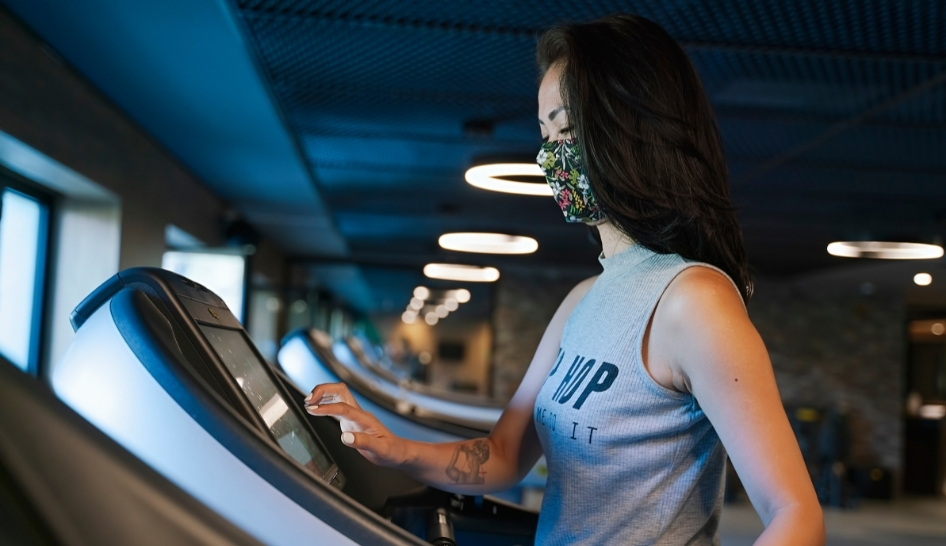On May 13, the U.S. Centers for Disease Control & Prevention (CDC) updated its guidance on masks and face coverings. In a reversal from guidelines released a few weeks prior, the new guidelines say it is now safe for fully vaccinated people to “resume activities without wearing a mask or physically distancing” except where required by state and local laws, rules, and regulations and/or local business and workplace guidance.
This article outlines key considerations as club operators navigate this new guidance.
1. State and local policies still have precedence
The CDC guidance, while important for informing policy, is not itself a change to any existing laws, rule, or regulations. Before considering any decisions about masks in your business, check state guidelines. Some states have already removed mask mandates broadly, while other states have set a timeline for doing so. For example, Massachusetts announced it will lift all restrictions on May 29. In some states, new laws are emerging limiting the ability of localities and government entities to enact mask requirements. In Texas, counties, cities, school districts, public health authorities, and government officials cannot require mask wearing.
IHRSA is tracking mask guidance by state and will continue to make updates as policies change.
However, this law does not apply to independent businesses. According to the CDC guidance, even if your state has removed or is removing mask mandates, businesses can still set policies requiring members to wear them some or all of the time.
2. It may be safe to remove masks—but are your members ready?
A key consideration for deciding whether to rollback mask requirements is going to be the comfort level and perspectives of your members and community. Mask compliance and opinions about masks vary widely across the country and within communities. Some people will undoubtedly be excited to remove masks, but many still feel fine wearing them and may even be more comfortable with their ongoing use for a little while longer.
As state regulations have eased, some clubs have begun making masks optional for vaccinated persons in response to the guidelines. For example, Saco Sport & Fitness opted to make masks optional indoors based on their state’s guidance, however in a newsletter to members they advised people to follow the CDC guidelines and encouraged unvaccinated members to continue mask-wearing. They also made a point to offer that staff would wear masks when interacting with a member if the member requests it. Rochester Athletic Club took a similar approach, setting a mask optional policy and encouraging members to be respectful of one another’s personal space and decisions regarding masks.

